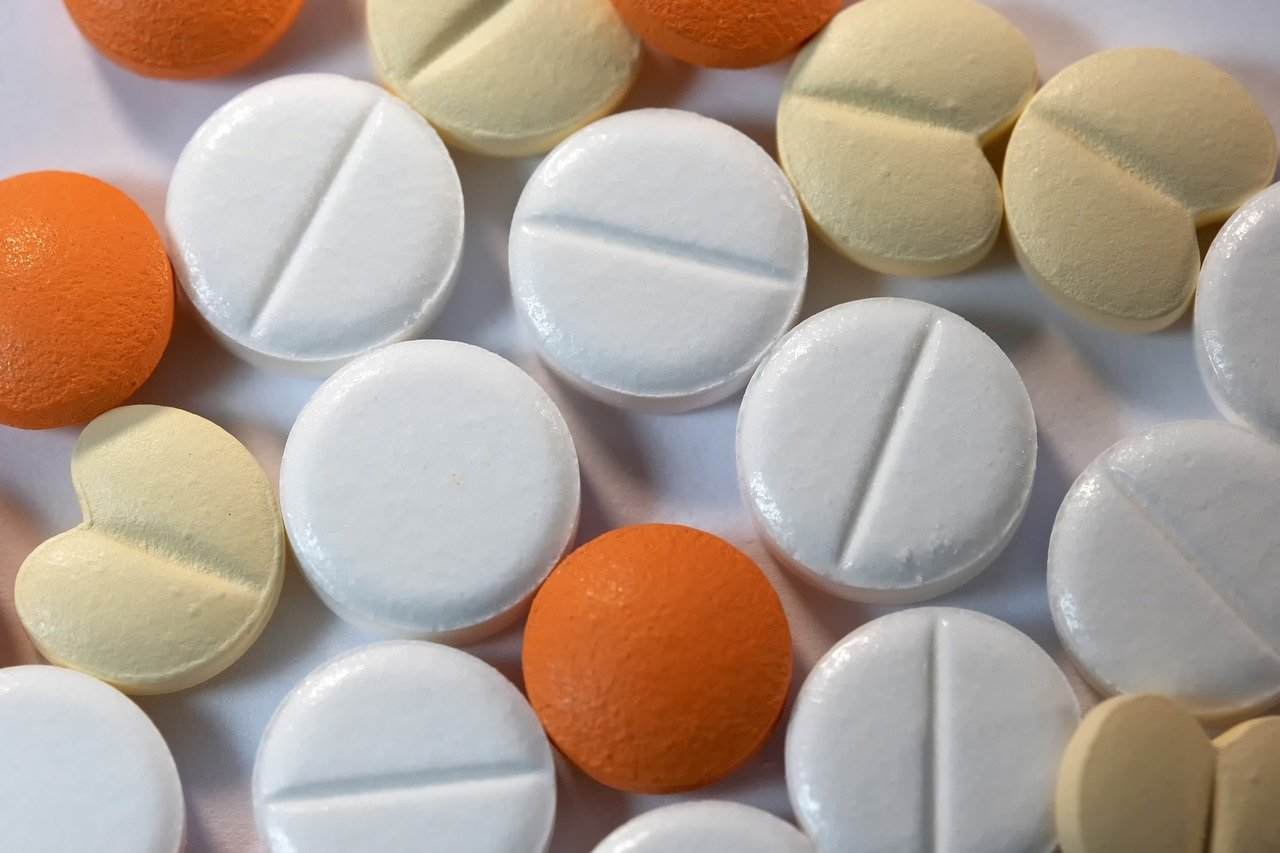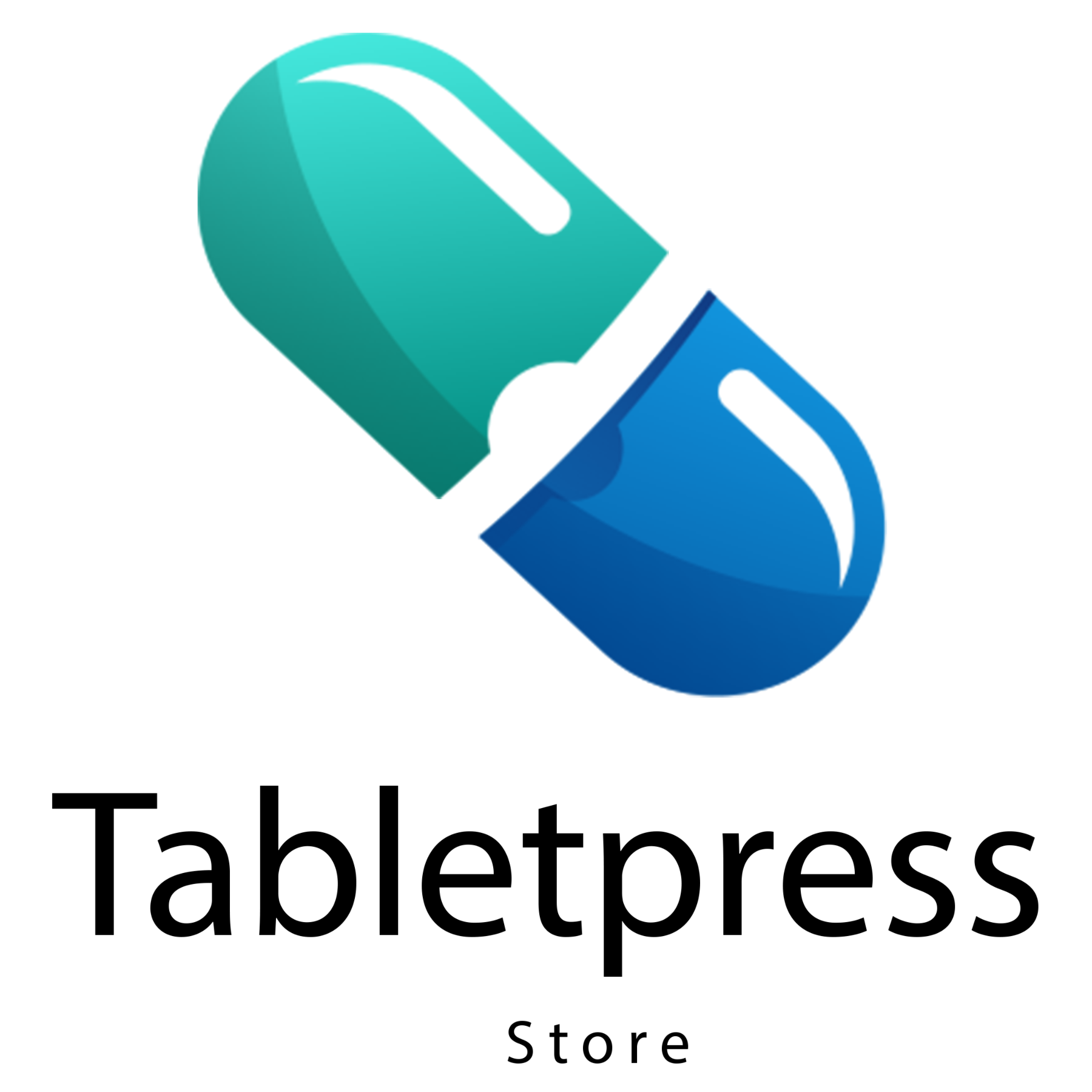Challenges and Solutions in Tablet Manufacturing: Ensuring Quality and Efficiency
Tablet manufacturing is one of the most critical processes in the pharmaceutical industry. Tablets are the most widely used dosage...
WORLDWIDE SHIPPING - Order now

Tablet hardness is a critical parameter in the pharmaceutical manufacturing process. It refers to the strength of a tablet to withstand mechanical stresses during packaging, shipping, and handling by the consumer. Ensuring the optimal hardness of tablets is crucial for maintaining their integrity, efficacy, and patient compliance. This article delves into the significance of tablet hardness, the factors influencing it, and the methods used to measure and control it in pharmaceutical manufacturing.
Tablet hardness is a fundamental parameter that influences the quality, efficacy, and patient compliance of pharmaceutical products. Understanding and controlling the factors that affect tablet hardness are essential for producing high-quality tablets that meet regulatory standards and patient needs. By optimizing formulation components, compression parameters, and environmental conditions, manufacturers can ensure that their tablets possess the ideal hardness for safe and effective use. Consistent monitoring and quality control measures further enhance the reliability and performance of tablets, ultimately contributing to better healthcare outcomes.
Tablet manufacturing is one of the most critical processes in the pharmaceutical industry. Tablets are the most widely used dosage...
Tablet compression technology has evolved significantly over the years, driven by the need for more efficient, precise, and versatile solutions...
Tablet press machines, often referred to as tablet compression machines, are essential tools in the pharmaceutical industry. These machines are...
Tablet compression machines, also known as tablet presses, are the backbone of tablet manufacturing in the pharmaceutical industry. These machines...
